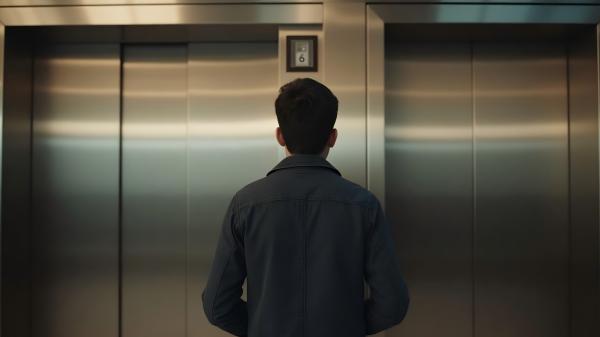The Silent Stress of Peak-Time Elevator Waits: A Daily Struggle for Urban Dwellers

7:58 a.m. At the entrance of Greenfield Apartments, a line of 12 people snakes past the elevator bank. A young woman in a hurry checks her watch repeatedly, her foot tapping impatiently. An elderly man shifts his grocery bag from one hand to the other, muttering under his breath. This is not a scene from a busy train station—it’s a typical weekday morning in many urban residential buildings, where "elevator wait times" have become an unspoken but ubiquitous source of stress.
For city residents, elevators are far more than just metal boxes; they’re lifelines to work, school, and daily errands. Yet during peak hours—7–9 a.m. and 5–7 p.m.—they transform into bottlenecks. Take 28-year-old Lila, a marketing executive in Shanghai. Her apartment building, built 15 years ago, has only 4 elevators serving 48 households. During morning rush hour, she says, "I’ve timed it: 10 minutes to wait, 2 minutes to ride. By the time I get to the subway, I’m already 15 minutes late." Over time, this daily delay has eroded her job performance—and her patience.
The problem isn’t limited to older buildings. Newer developments, despite claims of "luxury amenities," often fall short. A recent survey by the China Property Management Association found that 63% of high-rise residents in major cities report waiting over 5 minutes for an elevator during peak times. In some cases, the issue stems from simple math: a 20-story building with 8 units per floor needs at least 4 elevators to avoid congestion (experts recommend 1 elevator per 10–15 households). Yet cost-cutting developers frequently install fewer, leaving residents to scramble.
Even when elevators are available, outdated technology makes things worse. Many buildings still use "first-come, first-served" systems that can’t prioritize urgent needs—like a parent rushing to drop off a child or a nurse late for a shift. Worse, overloading sensors often trigger frequent stops: if one person holds the door open to let others in, the elevator may shut down and restart, adding 1–2 minutes per stop. For a 10-floor ride, this can turn a 3-minute trip into 6.
The emotional toll is equally significant. A 2022 study in Urban Life Studies noted that 40% of respondents felt "anxious" or "frustrated" while waiting, with seniors and parents of young children reporting the highest stress levels. "I once tripped carrying my grandson’s stroller because I was leaning so hard against the elevator rail to keep it steady while waiting," says 67-year-old Zhang Lin, a Beijing resident. "No one should have to risk injury just to get home."
Developers and property managers often dismiss these complaints as "minor inconveniences," but the data tells another story: in rental markets, buildings with efficient elevator systems command 8–12% higher rents. For tenants, though, the cost is personal—lost time, frayed nerves, and a sense that their daily needs are being overlooked.
In an era where technology promises to streamline every aspect of life, why do we still tolerate elevator waits that feel stuck in the past? For millions of urban dwellers, the answer is simple: because no one’s prioritized fixing them.
